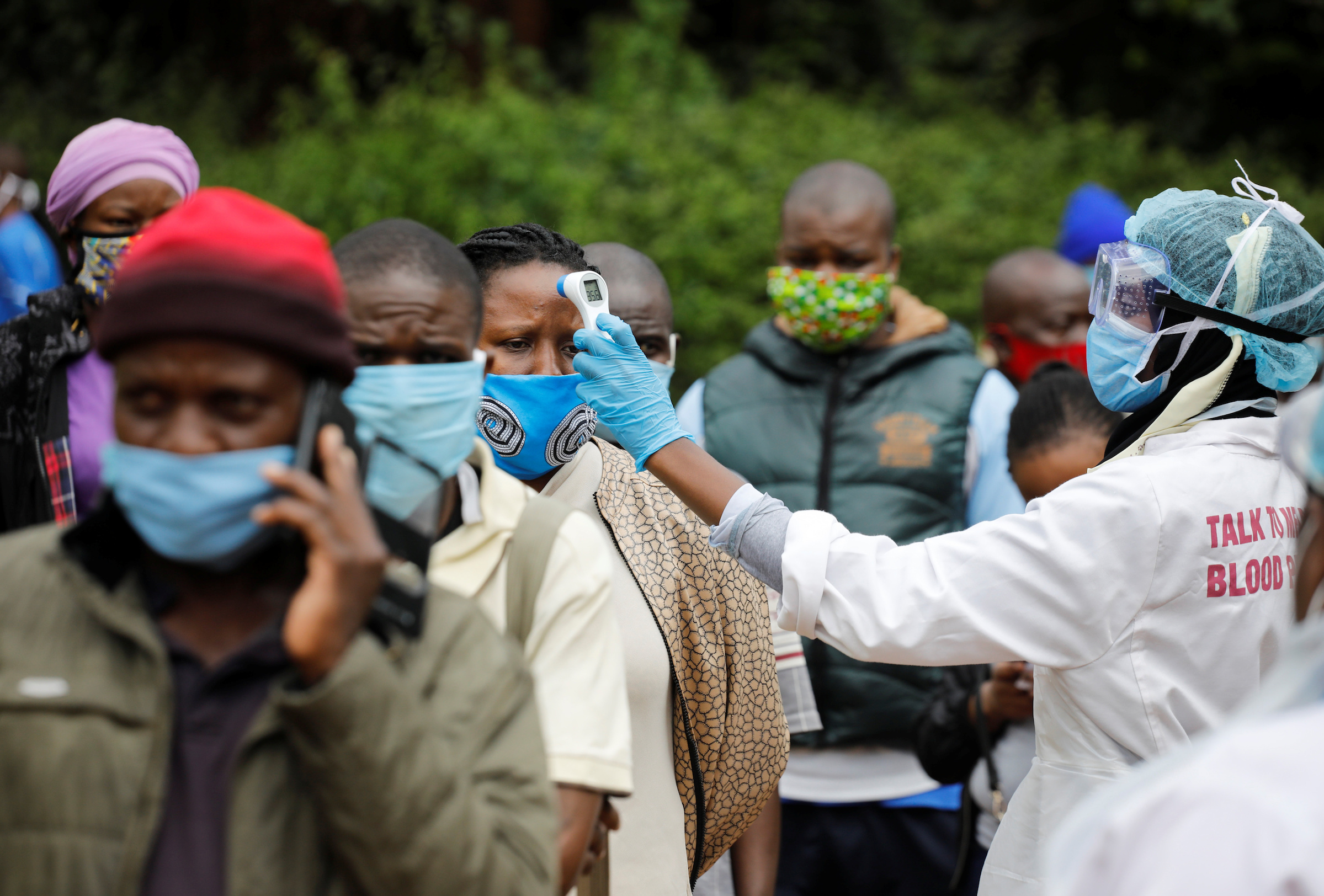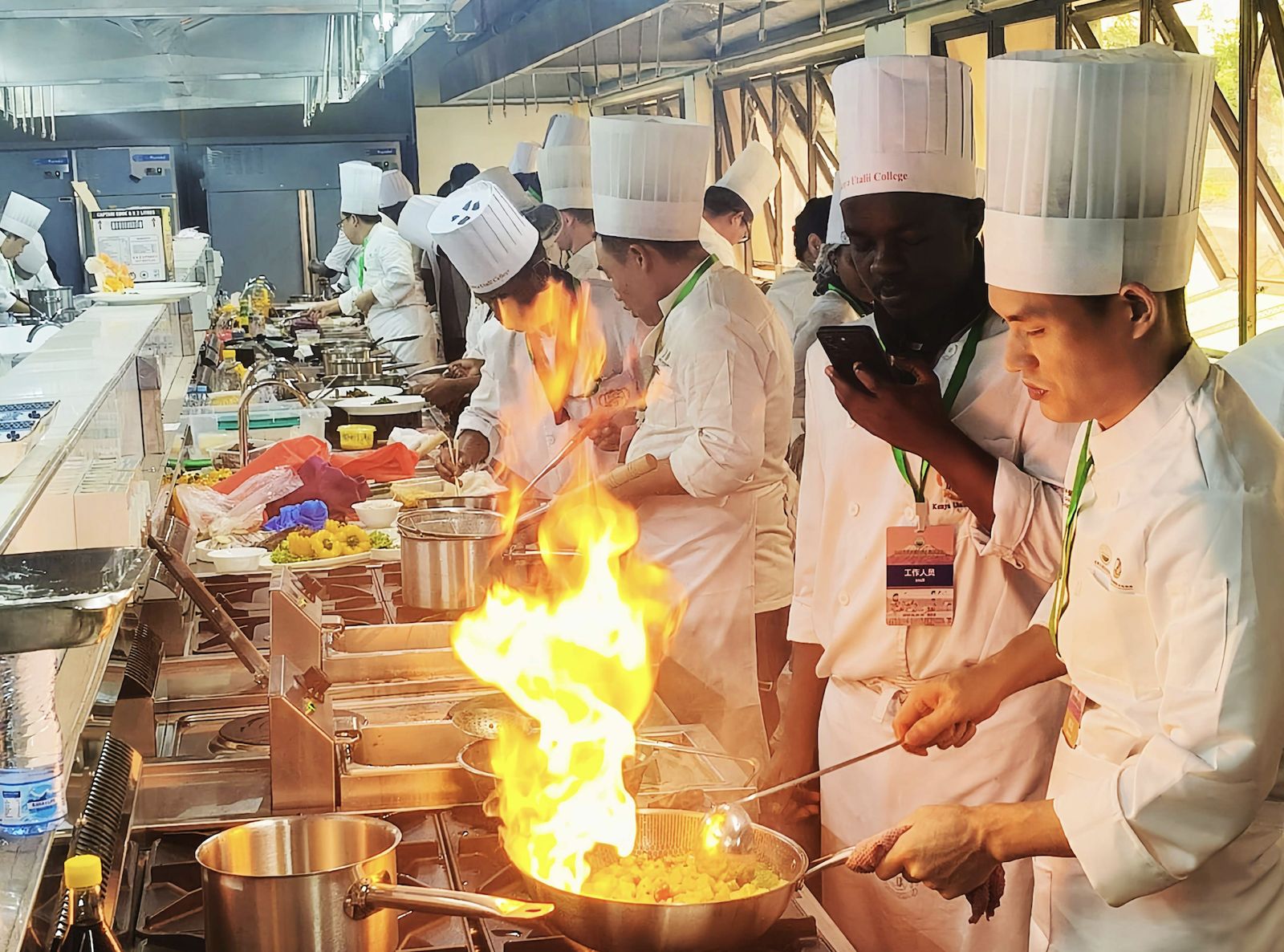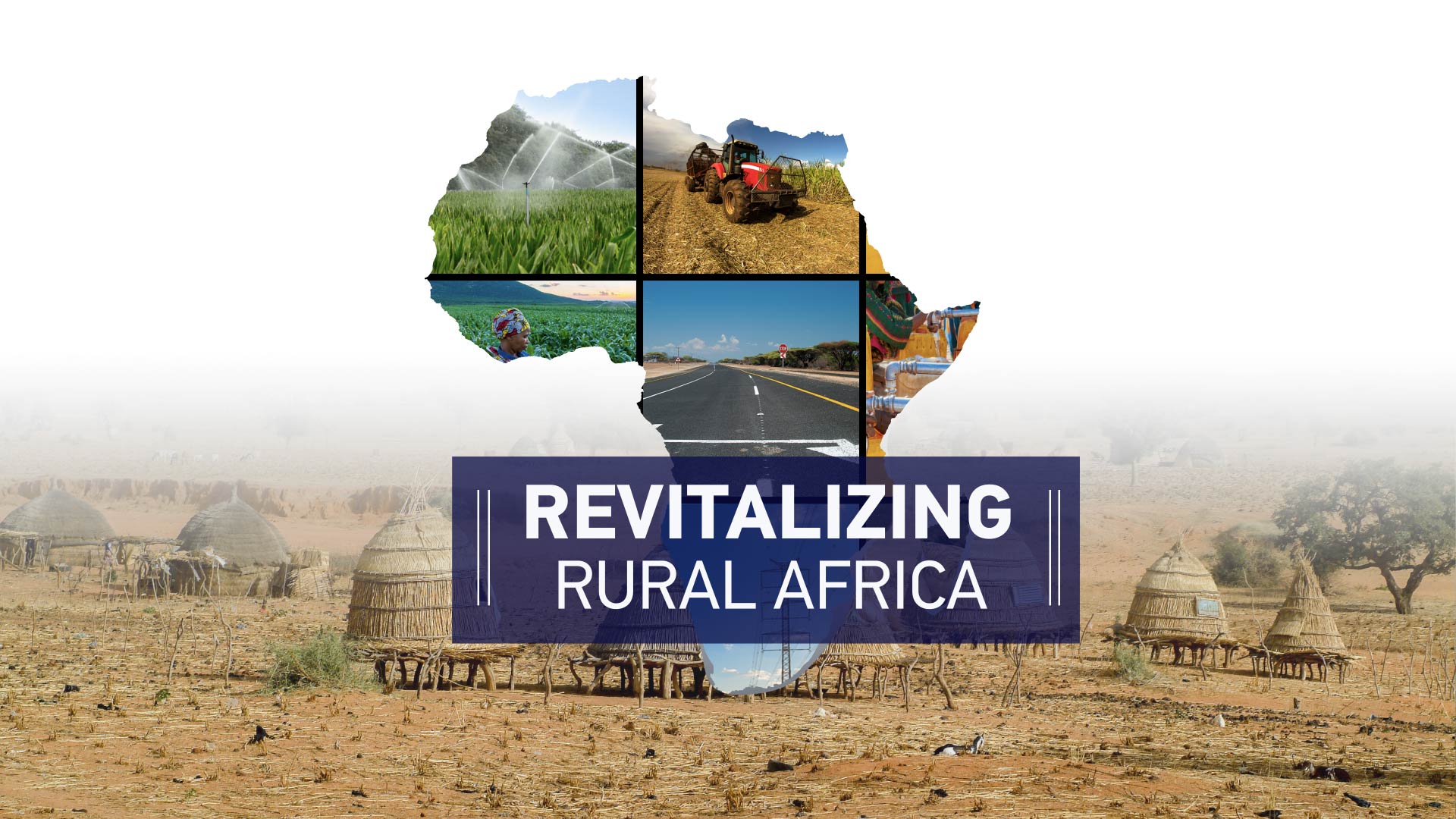
Kenya’s rural areas turning weak link in COVID-19 fight

From carrying more than the authorized number of passengers in public transport vehicles and motorbike taxis to failing to wear face masks in public places, Kenya’s rural residents are becoming a weak link in the East African nation’s fight against COVID-19.
The belief in most rural areas in the East African nation is that COVID-19 is an urban area disease, in particular Nairobi and Mombasa.
Therefore, many residents do little to protect themselves and other people.
“We are seeing many people in rural areas not adhering to the laid down containment measures. Motorbike taxi operators are carrying up to three people in violation of our guidelines,” said Rashid Aman, the Chief Administrative Secretary in the Ministry of Health on Sunday.
Failure to wear masks and adhere to social distancing, according to Aman, pre-exposes one to the virus.
“Everybody needs to wear masks. It’s the only way we can prevent the spread of the virus, especially where people are close to each other like in public transport vehicles. We want to encourage all Kenyans to wear the masks,” he said.
Kenya’s rural areas host a majority of elderly people, with the health ministry noting cases of the disease among the group is on the rise.
So far, the oldest person in Kenya to contract the disease is 100 years old. On Sunday, as he announced new cases of the disease in the last 24 hours, Aman said the oldest affected person was 83 years.
“Our worry is the older people in rural areas, who if infected will lead to critical cases and even death because their immunity is weak and they may be having other pre-existing conditions,” he said.
East Africa’s biggest economy recorded 309 more positive cases on Sunday, bringing the total caseload to 7,886. Recoveries stood at 2,287 as the death tally hit 160 after one more person died.
“These rising cases show containment measures are not working effectively as people flout them,” said Aman.
Mannesses Otiato, a teacher in Busia, western Kenya, noted that the need to wear masks, maintain physical distance and sanitize has escaped many residents in the border district.
“You go to markets and fear for yourself because the people have no regard for containment measures. In public transport vehicles, it is business as usual as passengers are crowded,” he said, with the situation mirroring what is happening in many rural areas across Kenya.
Busia is among the worst affected rural Kenya counties, with the others being Turkana, Makueni, Kajiado, Narok and Kitui.
A majority of the rural counties are ill-prepared to handle cases of COVID-19, which has made Kenya delay the lifting of restrictions put in place, according to the Ministry of Health.
Out of 47 counties, only 14 have a 300-bed capacity health facility to cater for COVID-19 patients.
“We expect most counties to attain the target as the caseload continues to rise,” said Francis Kuria, head of public health of Kenya’s Ministry of Health.
Kenyan President Uhuru Kenyatta is on Monday expected to give further directions on the restrictions that include a curfew and partial lockdown of Nairobi.
While most citizens are hoping that the restrictions would be lifted, health experts fear that this may lead to a rise in COVID-19 cases in rural areas where most Kenyans live amid a poor state of preparedness in counties.
Meanwhile, the Ministry of Health said it is conducting a study to determine the age group of people that are most infected by COVID-19.
Aman said that the results of the study will enable the government to understand which age groups to put emphasis on while addressing the pandemic.
“The study will add value to our intervention and most importantly to inform where to put more resources,” Aman told journalists in Nairobi.
He however said that from the laboratory tests that are conducted on a daily basis, fewer children are infected by the disease.
“As the number of people turning positive keeps increasing in the country, we are worried more by the older people getting infected since the international trend has revealed that they are the most affected cadre of the population by the disease given their advanced age,” Aman added.
Besides, Aman noted that the trend of new infection has become worrying as it continues to increase on a daily basis.






